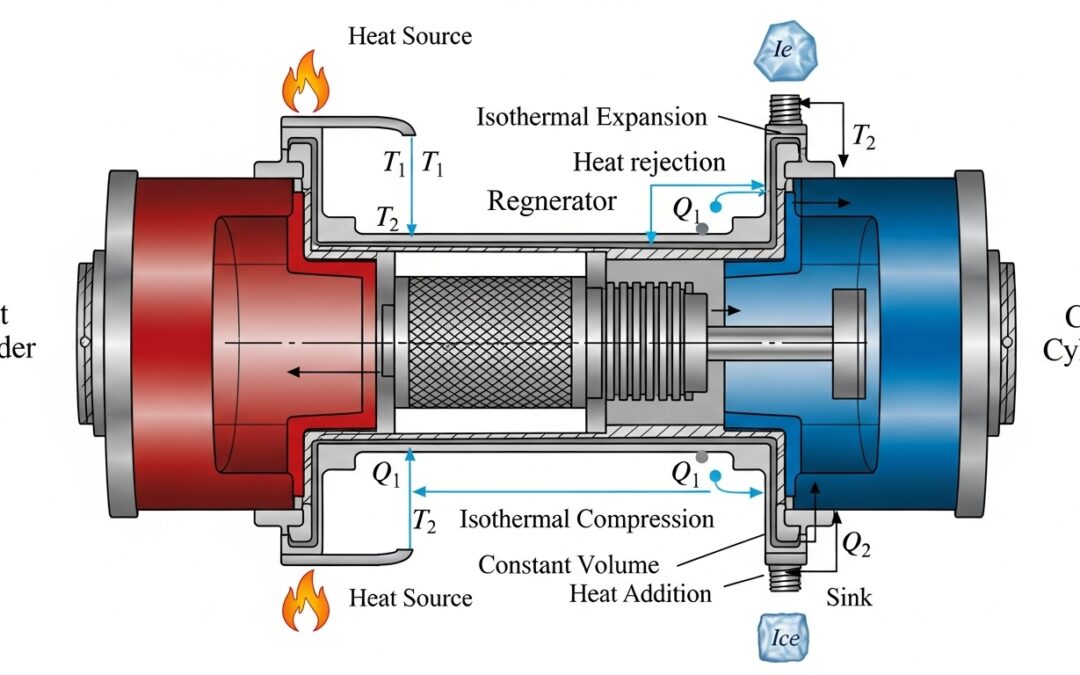Supernova Explosions: A Cosmic Transformation
The study of supernova explosions has significantly expanded our understanding of the intricate workings of the universe. These cataclysmic events have provided invaluable insights into the life cycles of stars, the formation of essential elements, and the accelerating expansion of the cosmos.
Seeding the Cosmos with Stardust
The remnants of supernova explosions, rich in heavy elements, disperse into the vast reaches of space, seeding future generations of stars and planets. In fact, a substantial portion of the material that composes the Earth and our own bodies was forged in the heart of these stellar giants and scattered throughout the universe by supernova events. This cyclical process of stellar birth, death, and rebirth is a fundamental aspect of the cosmos, revealing that even destruction can be a powerful creative force.
We also published:
The Legacy of Puddled Iron in Contemporary MetallurgyPresolar Grains: Unlocking Stellar Nucleosynthesis
Recent research has revealed that a significant proportion of the stardust in the solar system may have originated from supergiant stars undergoing supernova explosions. In fact, more than 25 per cent of the stardust in the solar system is believed to have come from these cataclysmic events and their progenitor stars.
These presolar grains, found in meteorites and comets, display unique isotope patterns that are not common in the solar system. By studying these “unspoiled” samples, scientists can gain a deeper understanding of the stellar nucleosynthesis processes that created them, helping to identify the types of stars that contributed dust to the formation of our solar system.
Decoding the Origins of Chemical Elements
The elements synthesized in supergiant stars have unusual isotope patterns, distinct from the composition of the solar system. The material found in comets and meteorites, which remains relatively unaltered by solar radiation, provides a valuable representation of the matter from which our solar system was formed.
By analyzing these presolar grains from supernova events, scientists can gain a similar perspective on the stellar fusion processes that gave rise to the chemical elements found in our solar system. This knowledge can contribute to a better understanding of the origin of the elements and the formation of our own planetary system.
Advancing Interstellar Dust Models
The improved stardust analysis methods of the NanoSIMS ion probe and new model calculations have allowed for more accurate dust models of the interstellar medium. This has provided researchers with important new parameters to create computer models of dust evolution in the interstellar medium, particularly in the context of the survival of freshly produced supernova dust and old interstellar dust as supernova shock waves pass through.
Dust plays a crucial role as a catalyst for chemical reactions in interstellar molecular clouds and is considered a building block for the formation of new planets in protoplanetary disks within young stellar systems.
The Cosmic Legacy of Supernova Explosions
In summary, the study of supernova explosions has not only expanded our understanding of the universe but has also provided key insights into the life cycles of stars, the formation of elements, and the accelerating expansion of the cosmos. We are all made of stardust, the remnants of ancient supernova events, and the study of presolar grains from these cataclysmic occurrences in meteorites and comets can offer scientists a unique window into the stellar fusion processes that created them. This knowledge helps to identify the types of stars that contributed dust to the formation of our solar system and furthers our understanding of the origin of chemical elements and the evolution of our own planetary system.
All-Time Favorite Internet Content from Across the Internet
Introducing improvements to the fine-tuning API and expanding our custom models program – OpenAI Blog This article introduces significant enhancements to the fine-tuning API, broadening the scope and capabilities of custom models designed for specific user needs.
Cloud Cultures, Part 6: Accelerating collective growth in Malaysia – Microsoft Azure Blog This post discusses the dynamic digital growth in Malaysia, emphasizing how diverse communities are leveraging cloud technologies for collective advancement.
Why Pinterest is Becoming a Go-To for Gen Z – Later Blog Explore the reasons behind Pinterest’s rising popularity among Gen Z, focusing on the platform’s visual appeal and trendsetting potential.
Found means fixed: Introducing code scanning autofix, powered by GitHub Copilot and CodeQL – GitHub Blog Learn about GitHub’s new autofix feature that helps developers address security alerts efficiently, improving code safety without extensive manual intervention.
What to expect from Red Hat Summit 2024 – ComputerWeekly Blog Get insights into what the upcoming Red Hat Summit will offer, including key themes and innovations that will be discussed.





0 Comments